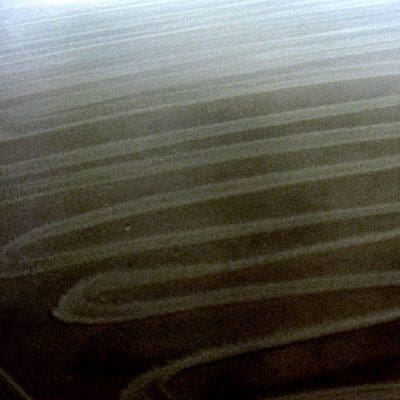
Get A Testing Quote
Listeria monocytogenes
Structure and Physiology
Listeria monocytogenes is a Gram-positive, rod-shaped, motile, facultative anaerobic bacterium that has the ability to survive with or without oxygen. Contrary to most non-spore forming bacterium, L. monocytogenes can survive the effects of freezing, drying, high pH, and high temperatures. It has the ability to grow at temperatures as low as 0°C that permits proliferation in refrigerated foods.
Transmission and Disease
L. monocytogenes is one of the most virulent food-borne pathogens and is able grow within the host’s cell. It has been associated with ingesting contaminated and raw foods such as, raw and pasteurized dairy products, raw vegetables, raw meats and smoked fish. Patient symptoms are similar to influenza and gastrointestinal symptoms of vomiting and diarrhea. L. monocytogenes can invade the gastrointestinal epithelium and enter the host’s macrophages, polymorphonuclear leukocytes, and monocytes where it can then become blood-borne. It is estimated to cause 1,600 illnesses and 260 deaths in the United States anually. The disease state of the bacteria, Listeriosis, causes more deaths among foodborne bacterial pathogens than Salmonella and Clostridium botulinum and is especially dangerous to pregnant women and unborn infants.
Disinfection
L. monocytogenes can resist both heat and freezing and can survive for several years making it a challenging bacteria to kill.
Notes
References
- Leong D, Alvarez-Ordóñez A, Jordan K. Monitoring occurrence and persistence of Listeria monocytogenes in foods and food processing environments in the Republic of Ireland. 2014 Aug 20.
Share

